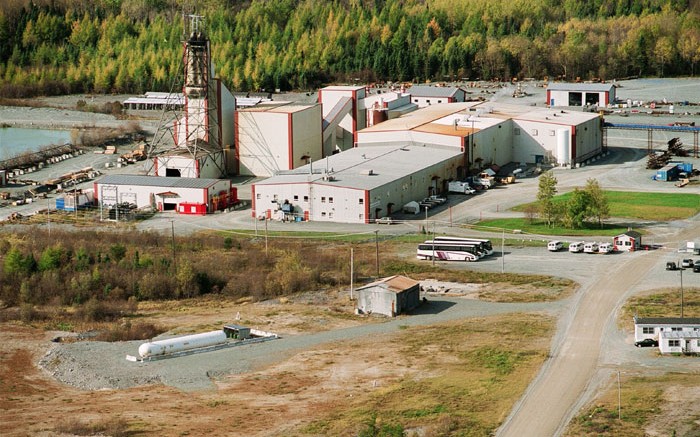North American Palladium (PDL-T, PAL-X), or NAP for short, has done some spring cleaning, selling its non-core gold division to Maudore Minerals (MAO-V) one day after appointing a new CEO to oversee the expansion of its prized Lac des Îles (LDI) primary palladium mine near Thunder Bay, Ont.
Both moves came late last month and were viewed positively by Raymond James analyst Alex Terentiew, who increased his NAP target price to $2.50 from $2.20 per share.
“In our view, [the sale] removed a big distraction for the management and brought in some much-needed cash,” Terentiew writes in recent note.
Montreal-based gold junior Maudore provided NAP — now led by Phil du Toit — with $18 million in cash and 1.5 million shares to acquire its gold-focused subsidiary, NAP Quebec Mines, which holds the Vezza mine, the Sleeping Giant mine and mill complex, and the Flordin and Discovery exploration projects, all located in Quebec.
The recently completed transaction — funded with a $22-million credit facility — fits Maudore’s vision of becoming a leading consolidator in the underexplored northern volcanic zone in the Abitibi greenstone belt, and strengthens NAP’s cash position to continue expanding the LDI mine so that it can become a low-cost, growing palladium producer.
The Toronto-based firm is investing $79 million to complete the first phase of LDI’s underground expansion, where it will shift to mining via a shaft from the current ramp access, while using bulk-mining methods. These changes could boost the company’s underground mining rates and reduce its operating cash costs.
The company has also budgeted $26 million in sustaining exploration and other capital investments to support the LDI expansion in 2013.
Phase 1
The current expansion phase, anticipated to wrap-up by September, includes sinking the shaft to the 825-metre level and further developing the Offset zone. After this, the company’s underground mining rate should increase to 3,500 tonnes per day, explains Camilla Bartosiewicz, NAP’s director of investor relations. Last year, underground ore production averaged 2,200 tonnes per day.
Illustrating the benefits of the new shaft, Bartosiewicz says that “for a forty-five-tonne truck to go down the ramp from surface to the upper part of the Offset zone, load it up with ore and go back up the ramp — the full trip takes about an hour. When we transition to the shaft [by September] to move the same amount of ore, it will take under ten minutes.”
The company believes it can increase its underground mining rate to 5,500 tonnes per day from the Offset zone by installing a second production platform, something it is reviewing for its second expansion phase. Once the second platform is added, production could grow to 250,000 oz. palladium per year by 2015, with cash costs estimated to fall to US$300 per oz., net of by-product credits.
This year the company is targeting 150,000 to 160,000 payable oz. palladium at cash costs of US$375 to US$425 per oz., in-line with its 2012 production of 164,000 oz. palladium at US$401 per oz.
The prized asset
The LDI mine — billed as one of the two primary palladium mines in the world — is a combined open-pit and underground operation with a 15,000-tonne-per-day mill. Its main deposits include the underground and open-pit Roby zones and the underground Offset zone, all described as “disseminated, magmatic palladium-platinum group metal deposits.”
The mine started open-pit production in 1993, followed by underground mining using ramp access from the Roby zone in 2006. Four years later, the Toronto-based miner initiated an expansion to shaft mine the Offset zone, located 250 metres from the Roby zone, with production from the shaft anticipated in September.
The project is located 85 km northwest of Thunder Bay and produces platinum, gold, nickel and copper as by-products.


Be the first to comment on "NAP sells gold assets to fuel its palladium growth"